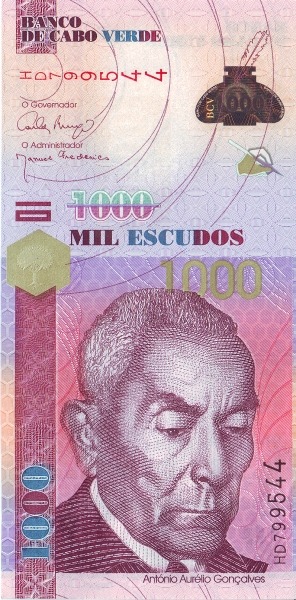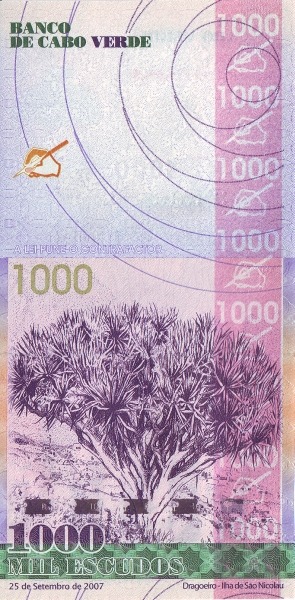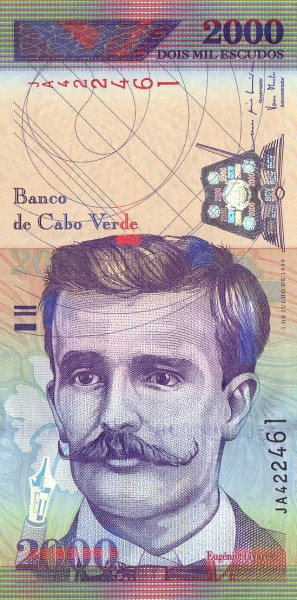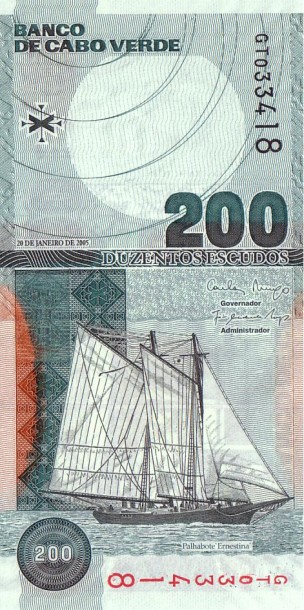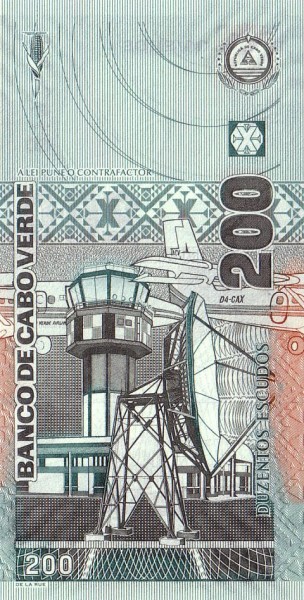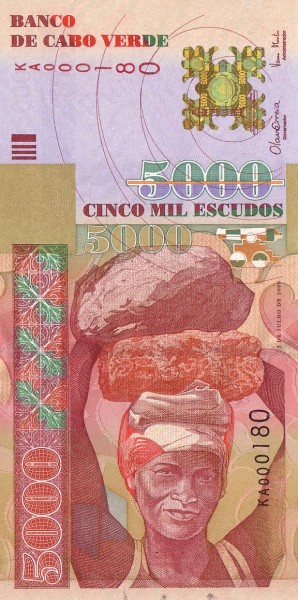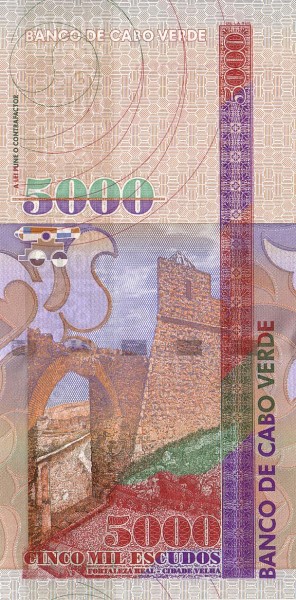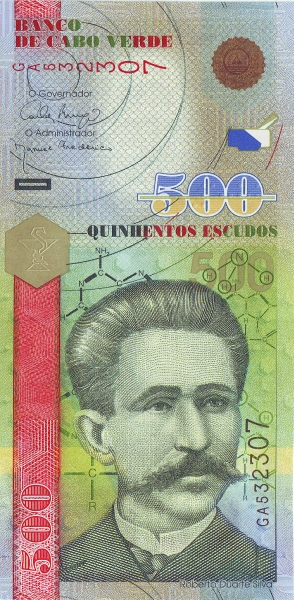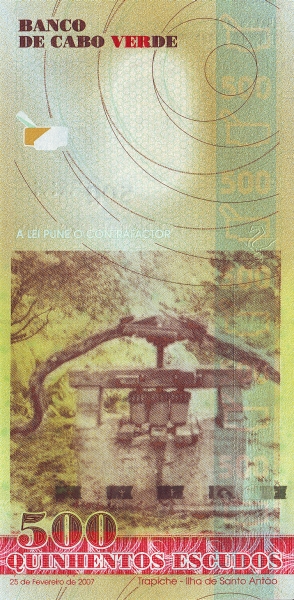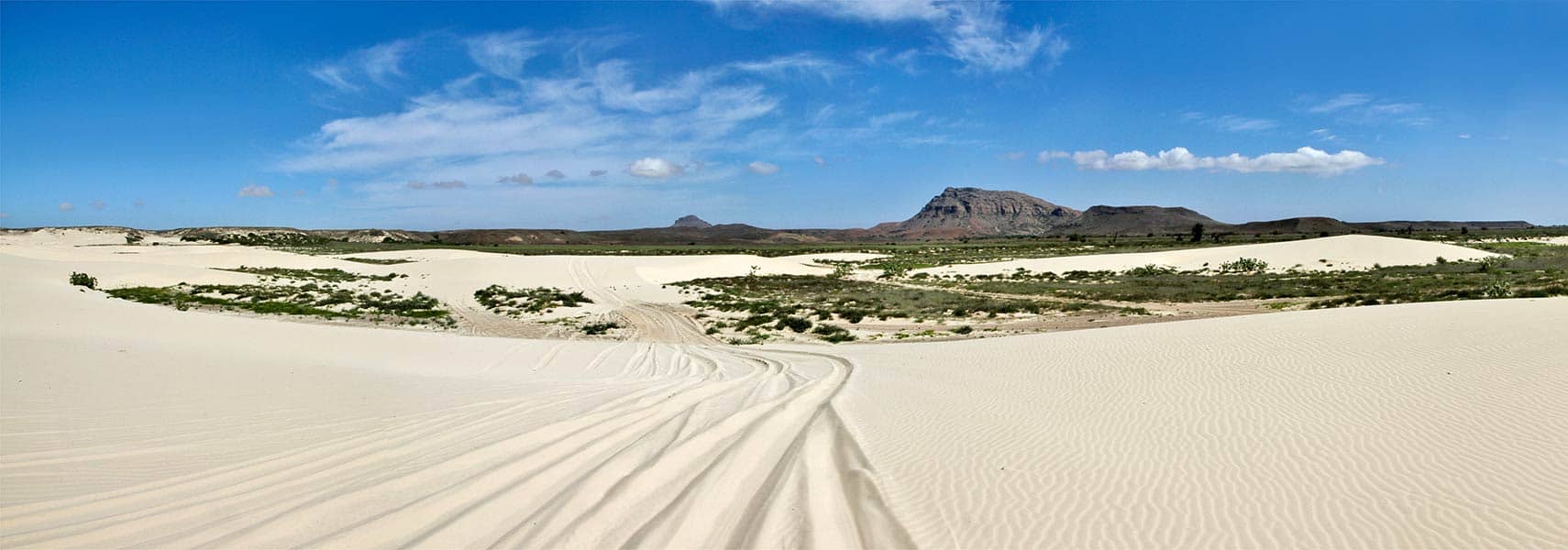Cape Verde: A Unique Island Nation
Situated in the heart of the Atlantic Ocean lies Cape Verde, a stunning archipelago comprised of ten islands of volcanic origin. This island nation finds itself approximately 600 kilometers west of Senegal. With fascinating maritime borders surrounding it, Cape Verde shares its waters with nations like Gambia, Guinea-Bissau, Mauritania, and Senegal. The geographical location contributes to its rich culture and history, making it a notable destination for travelers and historians alike.
Exploring the Archipelago
The islands of Cape Verde divide into two main groups: the Barlavento (windward) islands and the Sotavento (leeward) islands. The first group features Santo Antão, São Vicente, Santa Luzia, São Nicolau, Sal, and Boa Vista, while the latter includes Maio, Santiago, Fogo, and Brava. Notably, the combined land area of these ten islands spans approximately 4,033 square kilometers, making Cape Verde about 1.5 times the size of Luxembourg, or slightly larger than Rhode Island in the United States.
A Rich Cultural Heritage
With a population of around 525,000, according to the 2015 census, Cape Verde boasts a diverse heritage. The inhabitants are descendants of early 15th-century Portuguese colonists, West African slaves, and Italian traders. This unique blend of cultures creates a vibrant society that stands out in West Africa. Interestingly, Cape Verde was the first European settlement established in the tropics, a fact that underscores its historical importance.
The Importance of Praia
The capital city of Cape Verde, Praia, lies on Santiago Island and serves as the nation’s largest urban center. In this bustling city, you will hear a mix of Portuguese, which functions as the official language, and Kabuverdianu, a Cape Verdean Creole that reflects the islands' cultural diversity. Significantly, about 95% of the population identifies as Christian, demonstrating the deep-rooted religious influences in everyday life.
History and Political Landscape of Cape Verde
The islands remained uninhabited until the arrival of the Portuguese in the 15th century. Following their discovery, Cape Verde quickly transformed into a vibrant trading hub, particularly for the transatlantic slave trade. During this period, it became a crucial resupply point for whaling ships and other maritime ventures. However, the nation experienced significant changes after gaining independence from Portugal on July 5, 1975.
Political Developments Through the Years
After achieving independence, Cape Verde exhibited tentative aspirations for unification with Guinea-Bissau. Initially, a one-party political system took root; however, multi-party elections emerged in 1990, paving the way for a more democratic governance structure. Today, Cape Verde stands as one of Africa's most stable democracies, with a political environment that encourages participation and representation.
Economic Challenges and Emigration Trends
Despite its political stability, Cape Verde has faced environmental challenges. The recurring droughts of the latter half of the 20th century resulted in considerable hardship, leading to significant emigration. Remarkably, the number of Cape Verdeans living abroad often exceeds the domestic population. This phenomenon illustrates the struggle many families face while seeking better opportunities beyond their homeland.
A Diverse Population
Most Cape Verdeans can trace their ancestry to both African and Portuguese roots, displaying a rich tapestry of cultural influences. This unique heritage is reflected in the nation’s traditions, festivals, and daily life. Moreover, the people of Cape Verde take pride in their cultural identity, which harmonizes their African heritage with European influences.
Geographical Features and Climate Conditions
Geographically, Cape Verde consists of rugged volcanic terrain, contributing to its remarkable landscapes. The highest point, known as Mount Fogo, rises to an impressive 2,829 meters and is located on the island of Fogo. This volcanic mountain provides a stunning backdrop and is a significant attraction for adventurous hikers.
The climate in Cape Verde can be described as tropical dry, characterized by two distinct seasons. The dry season stretches from November to July, during which trade winds temper the high temperatures. On the other hand, the rainy season typically lasts from August to October, offering much-needed respite from the dryness.
Demographics and Culture
The nationality of the people is Cape Verdean, with a somewhat varied demographic makeup. In addition to Creole, which represents a mix of African and Portuguese influences, the country constitutes various ethnic groups, showcasing its multicultural essence. Religiously, the population comprises Roman Catholics and Protestants who cohabit peacefully, illustrating a commitment to religious tolerance.
Education and Literacy
Education holds a significant place in Cape Verdean society, with a literacy rate of around 76%. The emphasis on education cultivates a knowledgeable population, well-prepared to contribute to the nation’s development. Schools in Cape Verde teach in Portuguese, reinforcing the importance of the language alongside the local Creole dialect.
Natural Resources and Economic Landscape
Industrial Development
Industries in Cape Verde primarily focus on fish and fish products, food and beverages, ship repair, furniture manufacturing, and tourism. Each of these sectors significantly supports economic growth and provides numerous employment opportunities for the local populace. The tourism industry, in particular, attracts an increasing number of visitors eager to explore the breathtaking landscapes and diverse culture of Cape Verde.
Trade Relationships and Economic Partners
Furthermore, Cape Verde maintains strong trading relationships with various countries. In 2015, Australia emerged as the nation’s predominant export partner, accounting for around 83% of exports, followed distantly by Spain. Similarly, when it comes to imports, Portugal takes precedence, bringing in 29.9% of the total imports, with Australia and the Netherlands contributing notable shares as well.
The Future of Cape Verde
As Cape Verde continues to navigate the challenges posed by environmental changes and global economic dynamics, the resilience of its people stands out. The blend of rich traditions, stunning landscapes, and vibrant cultures makes this island nation a unique gem in the Atlantic. With sustained efforts towards democracy, economic development, and cultural preservation, Cape Verde is poised for a promising future.
Largest cities of: Cape Verde
| City Name | Population | Year of foundation | |
| Praia | 150,000 | 1770 | |
| Mindelo | 75,000 | 1862 | |
| Espargos | 22,000 | 1820 | |
| Santa Maria | 20,000 | 1830 | |
| Assomada | 20,000 | 1800 | |
| Porto Novo | 15,000 | 1480 | |
| Sal Rei | 10,000 | 1740 | |
| Ribeira Grande | 8,000 | 1462 |
Cape Verde: Money
